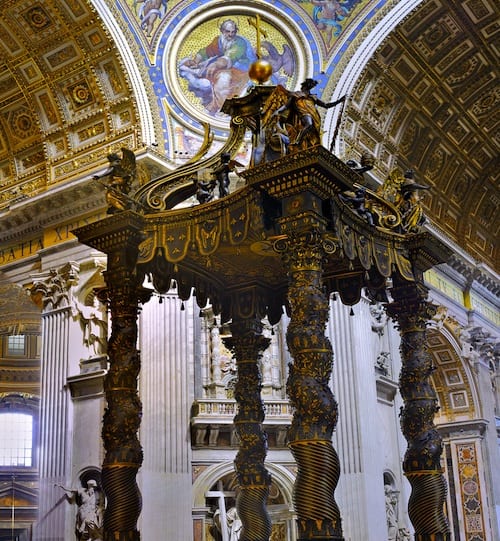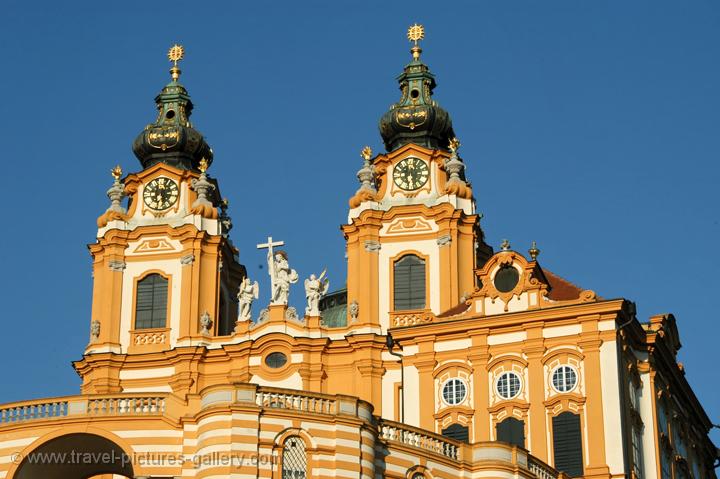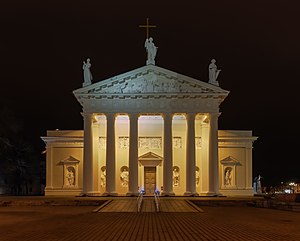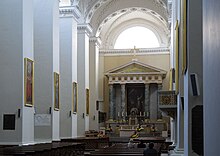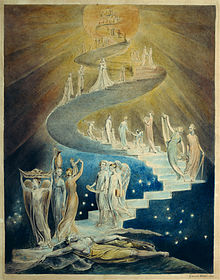Thought of doing a serious study of
St.Francis de Sales' An Introduction to Devout Life
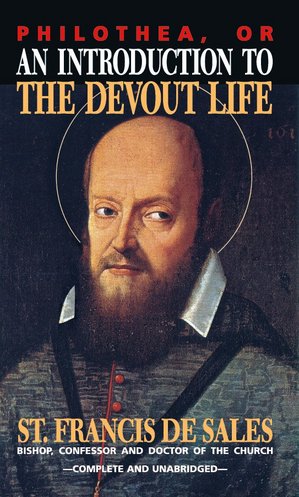 http://communio.stblogs.org/2012/01/
http://communio.stblogs.org/2012/01/
Here are some references and notes I found interesting.
Who was Philothea?
From
http://www.philothea.de/devout-english.html:
St.Francis de Sales began the spiritual direction of individual persons as a result of the contacts made at the time of the Lenten sermons he preached as Bishop, in Paris in 1602 and in subsequent years in different important towns in Savoy and in France. After the Lenten sermons at Dijon, in 1604, Madame de Chantal placed herself under his direction along with some others. And after the Lenten sermons at Annecy, in 1607, Madame de Charmoisy chose him as her director.
In order to help Madame de Chantal, Madame de Charmoisy and others, women as well as men, Bishop Francis de Sales began writing to them personal letters of spiritual direction. (22) Later, due to pressure of work, he prepared short articles or ³essays" about different aspects of the spiritual life. These he got circulated among some of those whom he directed. It was from such short ³essays" that the Introduction was born in 1608.
In his Preface to the Introduction, St.Francis refers to the origin of the book. (23) He does not mention the name of the ³very respectable and virtuous person" to whom he gave ³written notes" about various spiritual exercises. She has been identified as Madame Louise de Charmoisy, the wife of one of his cousins.
Some interesting References in St.Francis de Sales' Introduction to Devout Life.
From the Preface
1.
These people are of the opinion that just as no animal dares to taste of the seed of the plant called ³palm of Christ" so no one caught up in the rush of living in the world should reach out for the palm of Christian devotion. But I want to make them understand that, just as the pearl oysters live in the sea without letting a single drop of salt water enter (32), and that there are springs of fresh water in the sea close to the Chelidonian islands (33), and that a certain insect can fly about in the fire without burning its wings (34), so anyone with courage and determination can live in the world without being tainted by its spirit, finding springs of the fresh water of devotion in the world's salty waves and able to fly amid the flames of the temptations of the world without losing the wings of the holy desires of a devout life.
Palm of Christ http://healyourselfathome.com/HOW/THERAPIES/castor_oil.aspx
http://healyourselfathome.com/HOW/THERAPIES/castor_oil.aspx
Castor Oil (CO) was known to the Greeks as Kiki and to the Romans as "Palma Christi"(the leaves of the castor bean plant were thought to resemble the palm of Christ – indeed, this name beautifully reflects the inherent healing power of this unique oil). Beginning in the 17th century, CO was taken internally for its effect as an "irritant" or "stimulant" to cleanse the digestive tract, however, its ingestion is no longer recommended.
2.
The Bishops of ancient times and the Fathers of the Church had at least as much concern for their responsibilities as we have. Even so, as can be gathered from their letters, they did not neglect taking care to give individual guidance to many persons who came to them for help. In this they imitated the Apostles who, while gathering the harvest in the whole world, picked up nevertheless with a special and particular affection certain outstanding ears of corn. Everyone knows that St. Paul had Timothy, Titus, Philemon, Onesiumus, St. Tecla and Appia as his special disciples, just as St. Peter had St. Mark and St. Petronilla. St. Petronilla was not in fact St. Peter's own child but only his spiritual daughter, as Baronius and Galonius have learnedly proved. And St. John wrote one of his epistles to the devout woman named Electa. (38) (2 Jn. 1:1)
From Wikipedia.
Petronilla is traditionally identified as the daughter of Saint Peter, though this may stem simply because of the similarity of names. It is believed she may have been a convert of the saint (and thus a "spiritual daughter"), or a follower or servant.[1] It is said that Saint Peter cured her of palsy.
Roman inscriptions, however, identify her simply as a martyr. She may have been related to Saint Domitilla.
Stories associated with her include those that relate that she was so beautiful that Saint Peter had locked her up in a tower to keep her from eligible men; that a pagan king named Flaccus, wishing to marry her, led Petronilla to go on a hunger strike, from which she died.
 http://en.wikipedia.org/wiki/Saint_Petronilla
http://en.wikipedia.org/wiki/Saint_Petronilla
In 757 the coffin containing the mortal remains of the saint was transferred to an old circular building (an imperial mausoleum dating from the end of the 4th century) near St. Peter's. This building was altered and became the Chapel of St. Petronilla (De Rossi, "Inscriptiones christianae urbis Romae", II, 225).
When St. Peter's was rebuilt in the 16th century, St. Petronilla's relics were translated to an altar dedicated to her in the upper end of the right side-aisle (near the cupola). The chapel includes embellishments by Michelangelo and Bramante.
Guercino painted an altarpiece painted called The Burial of Saint Petronilla in 1623. It simultaneously depicts the burial and the welcoming to heaven of the martyred St. Petronilla. The altar is dedicated to the saint, and contains her relics.
2. Electa
In the New Testament, the Apostle John’s second letter is addressed “to the chosen (or elect) lady and to her children” (eklektē kuria kai tois teknois autēs). In this short letter, John warns the lady and her children about false teachers “who do not acknowledge Jesus Christ as coming in the flesh” (verse 7), and he instructs them not to offer hospitality to the false teachers (10-11). As in his Gospel and other letters, John emphasises the themes of truth (1-4) and love (5-6).[1]
Εklektē means “chosen” or “elect”. This woman was obviously a Christian, chosen by God, as all Christians are. While it is more likely that the word “elect” is simply used to describe the lady, Clement of Alexandra believed that Eklektē was this woman’s name, a name we would translate as “Electa”. If so,eklektē kuria in 2 John 1 could be translated as “to Lady Electa”.
 http://dioceseofgallup.org/pilgrimage/blog/2012/10/20/assisi-day-1-2/
http://dioceseofgallup.org/pilgrimage/blog/2012/10/20/assisi-day-1-2/


